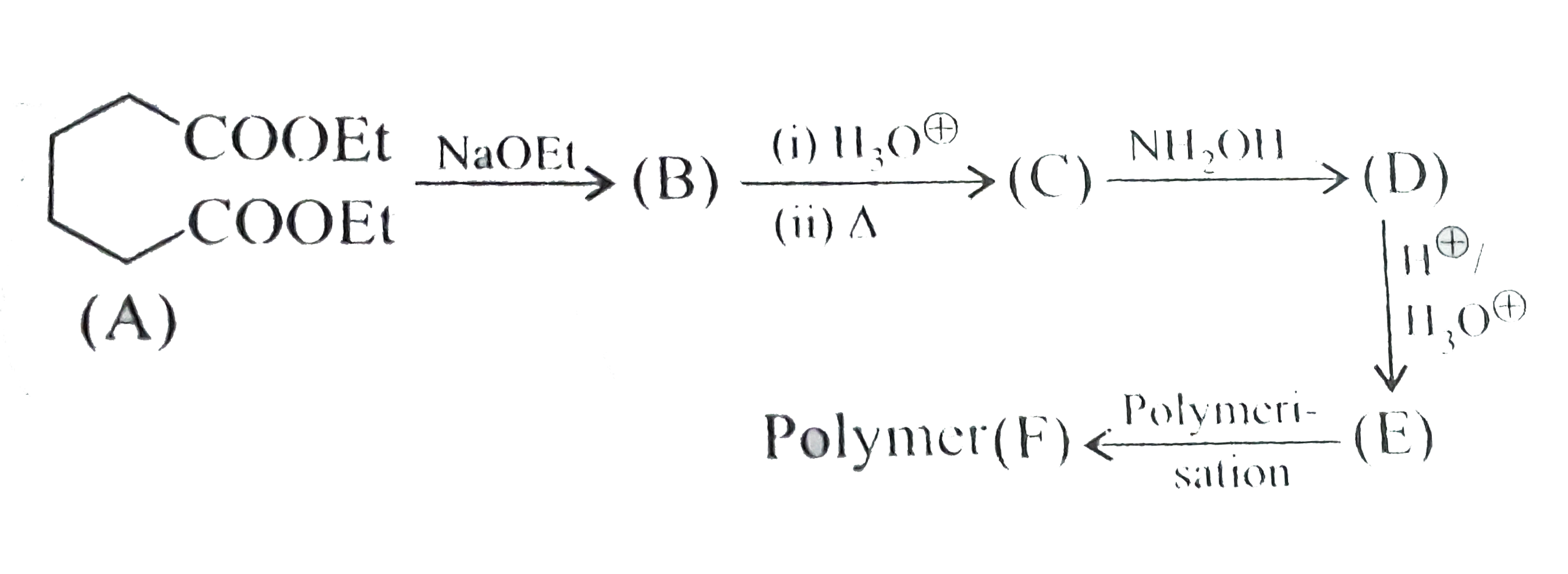
Compound 'A' and 'C' may be:
Pb(OAc)2 and PbI2
CuSO4 and Cu2I2
FeSO4 and FeS4O6
HgCI2 and Hg2I2
The correct Answer is:B
Step by step video, text & image solution for Compound 'A' and 'C' may be: by Chemistry experts to help you in doubts & scoring excellent marks in Class 11 exams.
Updated on:21/07/2023Topper's Solved these Questions
- SALT ANALYSISBook:GRB PUBLICATIONChapter:SALT ANALYSISExercise:Reasoning Type
Explore 49 Videos
- SALT ANALYSISBook:GRB PUBLICATIONChapter:SALT ANALYSISExercise:Multiple Objective Type
Explore 129 Videos
- SALT ANALYSISBook:GRB PUBLICATIONChapter:SALT ANALYSISExercise:K: Vth and Vth Group Cations
Explore 10 Videos
- S BLOCK ELEMENTSBook:GRB PUBLICATIONChapter:S BLOCK ELEMENTSExercise:SUBJECTIVE TYPE
Explore 9 Videos
- THERMODYNAMICSBook:GRB PUBLICATIONChapter:THERMODYNAMICSExercise:All Questions
Explore 704 Videos
Similar Questions
Knowledge Check

The compound of 'X' and 'Y' may be:ANa2CO3,BaCO3BNa2SO4,BaSO4CNa2S2O3,MnO(OH)2DNa2SO4,(BaSO4+MnO)(OH)2)Two organic compound X and Y on analysis gave the same percentage composition, namely C =1213×100% and H=(1/13)×100%. However, compound 'X' decolourises bromine water while compound 'Y' does not. Two compounds 'X' and 'Y' may be respectively.
Aethylene and benzeneBacetylene and ethyleneCacetylene and benzeneDtoluene and benzene
Compound 'C' is:ABiI3BBiOICBi(OH)2ID[BiI4]−
Two oraganic compounds X and Y on analysis gave the same percentage composition , namely, C=(12/13)×100% and bromine water while compound Y does not. The two compounds X and Y may be respectively.
View Solution
Soluble complex of 'R'
Compound 'P' may be:
View SolutionAn aromatic compound 'A' on treatment with aqueous ammonia and heating forms compounds 'B' which on heating with Br2 and KOH forms a compound 'C' of molecular formula C6H7N.
The compound 'A' may be
View Solution
Compound (C ) is:
View Solution
Compound(C)is:
View Solution


